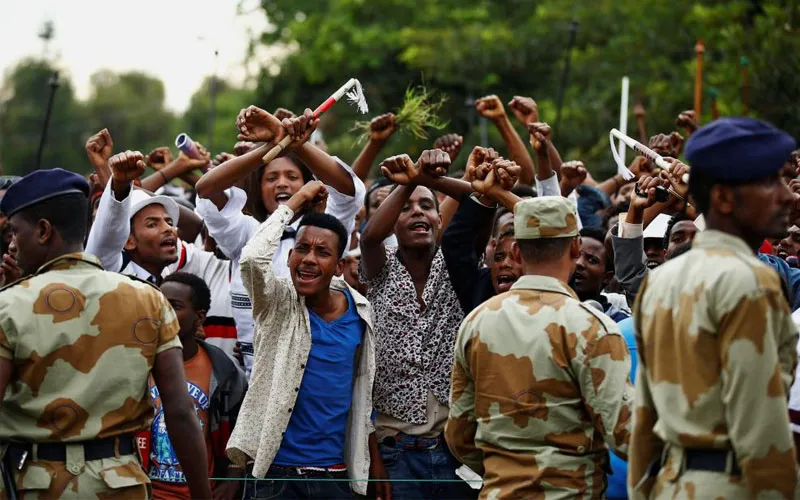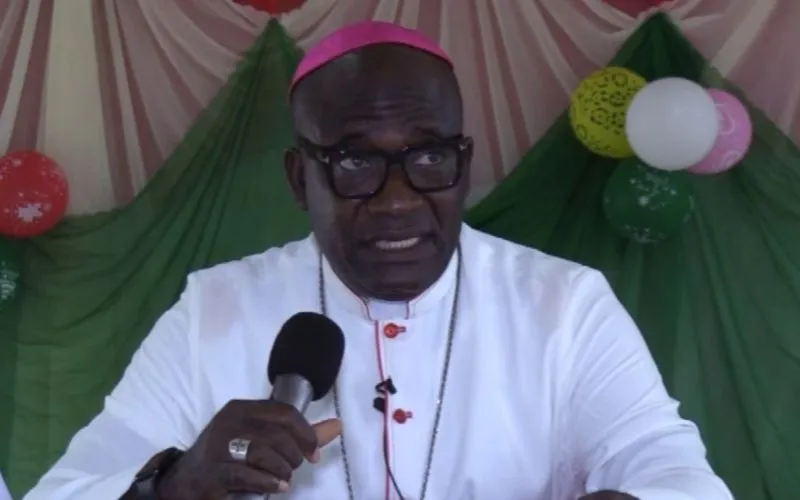Tigray, 20 January, 2023 / 9:00 pm (ACI Africa).
The humanitarian situation in Ethiopia’s Tigray region has not improved, two months after the signing of an agreement to restore peace in the embattled region, the Catholic Bishop of Adigrat in Ethiopia has said.
In a letter to the information service of Propaganda Fide, Agenzia Fides, Bishop Tesfasellassie Medhin notes that the situation in the northernmost region of the Horn of Africa country continues to deteriorate, with forces who were instructed to leave the region refusing to abide by the requirements of the agreement.
“The entire population continues to experience hell on earth in this long siege and blockade of basic services that has lasted for more than two years,” Bishop Medhin says in a note to Agenzia Fides.
“We pray that the peace agreement is successful,” he says, referring to the November 2 peace agreement in Pretoria, South Africa, in which the Ethiopian government and the Tigray People’s Liberation Front (TPLF) pledged to “permanently silence the guns and end the two years of conflict in northern Ethiopia”.
The war in the northern region of Tigray was expected to subside after the signing of the peace agreement. But this is not yet the case, the Ethiopian Catholic Bishop says, and adds, “It is not over yet, many of our faithful and our parishes are still besieged by foreign forces.”








